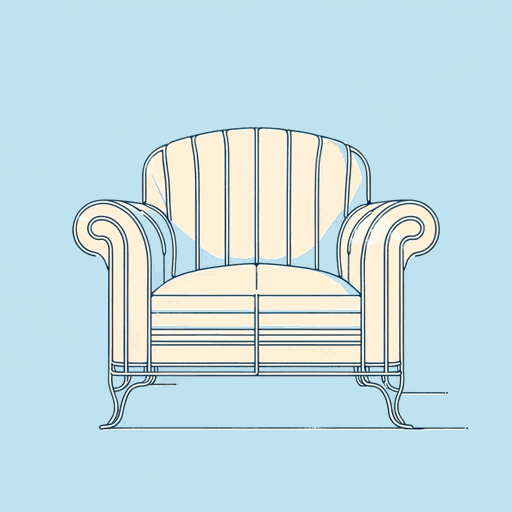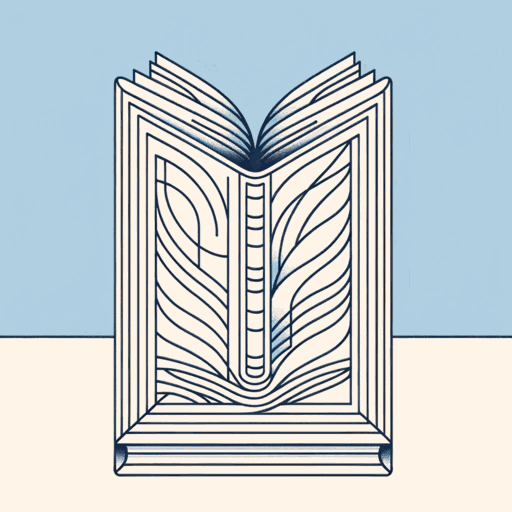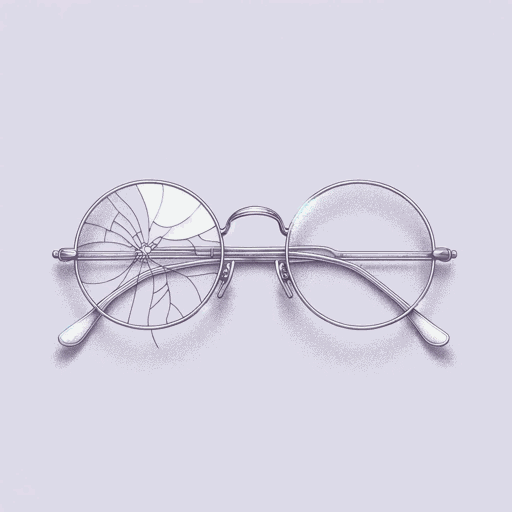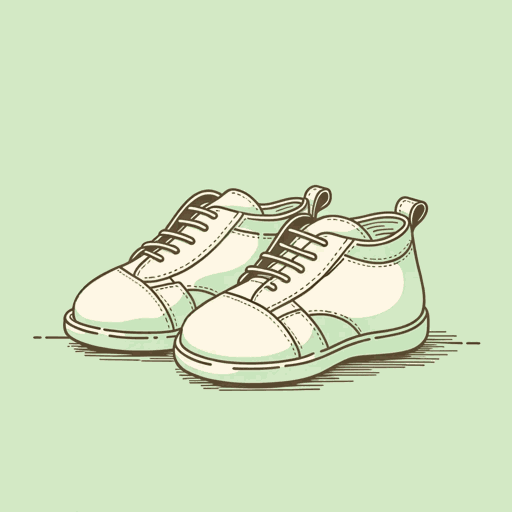36 pages • 1 hour read
Sigmund FreudOn Dreams
Nonfiction | Book | Adult | Published in 1901A modern alternative to SparkNotes and CliffsNotes, SuperSummary offers high-quality Study Guides with detailed chapter summaries and analysis of major themes, characters, and more.
Chapters 12-13Chapter Summaries & Analyses
Chapters 12-13 Summary and Analysis
Most repressed desires are erotic in nature. Dreams do not have to be erotic to reveal erotic desire. Freud attributes the bulk of these desires to infantile sexuality, which informs adult sexuality, foreshadowing his later work The Three Essays on the Theory of Sexuality (1905). The psychologist argues that every person retains elements of their infantile sexuality, and these elements make themselves known through dreams. The mind transforms repressed sexual desires into images called “symbols” (80). Many symbols are common and can be interpreted in similar ways.
Freud’s claim in Chapter 12 asserts that most repressed desires are born out of infantile sexuality. His choice to reveal this fact late in the book is intentional. Earlier chapters must first establish the relevancy of dream work and interpretation. Each chapter moves deeper into the function and processes of dreams. Freud models his approach to the process that he identifies in dream composition. By waiting until Chapter 12 to demonstrate how dreams express repressed erotic desires, he establishes trust with the reader and maintains a sense of scientific credibility. His theories about infantile sexuality remain controversial; prior to Freud, scientists had not associated children with having sexual feelings or urges.
Related Titles
By Sigmund Freud

Civilization And Its Discontents
Sigmund Freud

Moses and Monotheism
Sigmund Freud

The Freud Reader
Sigmund Freud

The Future of an Illusion
Sigmund Freud

The Interpretation of Dreams
Sigmund Freud

The Uncanny
Sigmund Freud

Three Essays on the Theory of Sexuality
Sigmund Freud

